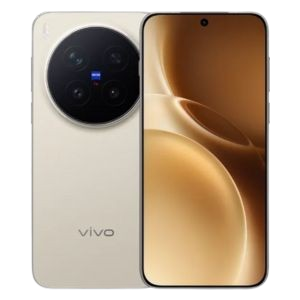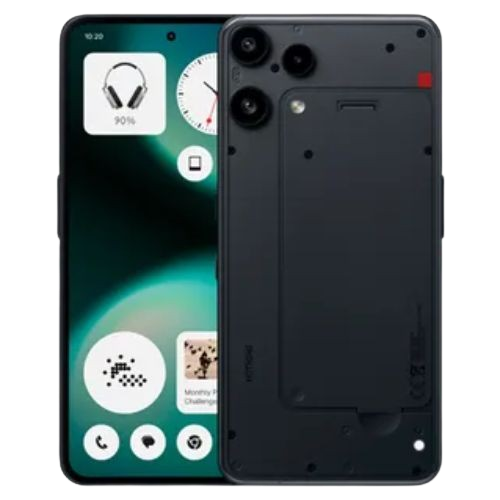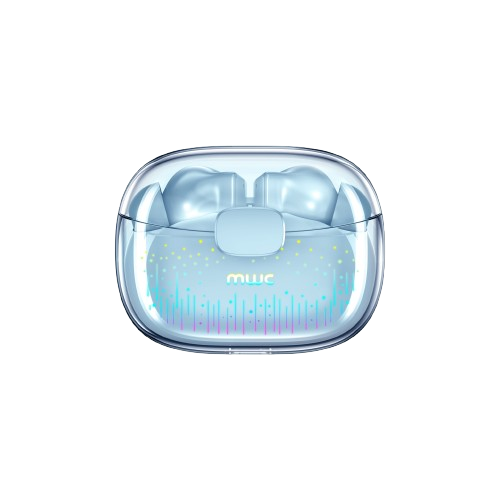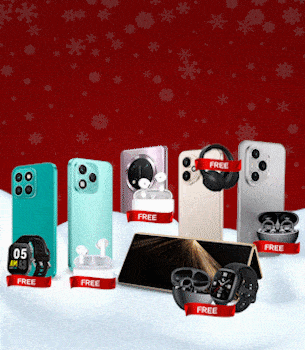No headings found
Why Trust Gadgetbyte?
At Gadgetbyte, we invest substantial hours into rigorously testing each product or service we review, guaranteeing that you make informed purchases. Learn more about our testing process.
Review Overview
Design
8.5/10
Display
8.5/10
Perforamnce
8/10
Audio and Haptics
9/10
Rear Camera
8.5/10
Front Camera
8.5/10
UI/OS
8/10
Battery and Charging
9/10
Value for Money
9/10
The Infinix Note 40 and Note 40 Pro bring exciting features to the midrange market, including wireless charging and vibrant displays. Both phones deliver decent performance and reliable cameras, with the Pro model offering extra perks like a curved screen and faster charging. The standout JBL-tuned speakers offer a sound experience better than any in their class. However considering the price point, the Note 40 would be more of a sound choice than the pro version.
Recently I used the latest Infinix smartphones and it price difference kind of boggled me. What I mean is for identical specs the difference in price doesn't makes much sense. But before starting with this review of Infinix Note 40/ 40 pro, let me tell you something… Infinix has been doing very well globally, and it can be said they are back in Nepal as well. Recently, the Infinix GT 20 Pro was launched as the best gaming phone under Rs. 50,000. Currently, we have budget segment phones – Note 40 and Note 40 Pro. Note 40 is priced at Rs. 27,999 (8/256GB) and Note 40 Pro at Rs. 34,999 (12/256GB). Note 40 and Note 40 Pro are almost similar phones. The difference is that Note 40 Pro comes with more RAM, a curved display, and faster charging. So, if you are looking for more value for your money, you will find more value in the regular Note 40. Hence, I will discuss more about Note 40 than Note 40 Pro in this review.
Infinix Note 40/ 40 Pro Specifications
| Specification | Infinix Note 40 Pro 4G | Infinix Note 40 |
|---|---|---|
| Display | 6.78-inch 3D-Curved AMOLED, 120Hz, 550 nits (1300 nits peak), FHD+ (1080 x 2436), Corning Gorilla Glass | 6.78-inch FHD+ AMOLED, 120Hz, with in-display fingerprint sensor |
| Chipset | MediaTek Helio G99 Ultimate | Helio G99 Ultimate (6nm) |
| OS | Android 14, XOS 14 | XOS 14 based on Android 14 |
| RAM | 12 GB | 8 GB |
| Storage | 256 GB UFS 2.2 | 256 GB |
| Rear Camera | 108 MP with 3X lossless zoom and OIS, 2 MP + 2 MP | 108 MP |
| Front Camera | 32 MP | 32 MP |
| Battery | 5000 mAh, 70W wired charging, 20W wireless charging | 5000 mAh with 45W charging, 15W wireless |
| Sensors | G-sensor, E-compass, L-sensor, Proximity sensor, Gyroscope | G-sensor, E-compass, L-sensor, Proximity sensor, Gyroscope |
| Connectivity | 4G, Wi-Fi, Bluetooth 4.2 | 4G, Wi-Fi, Bluetooth |
| Colors | Vintage Green, Tian Gold, Racing Edition (SE) | Titan Gold, Obsidian Black, Racing Edition |
| Buy Infinix Note 40 Pro | Buy Infinix Note 40 |
Infinix Note 40 and Note 40 Pro Review
Design
Display
- Display: 6.78” FHD+ AMOLED 120Hz with in-display fingerprint sensor
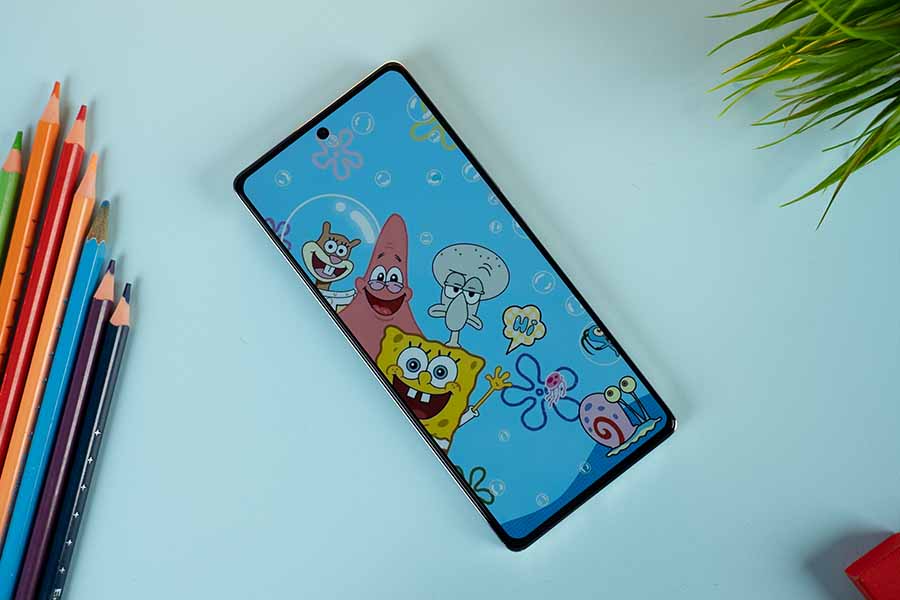
Audio and Haptics
- JBL tuned speakers
- No headphone jacks
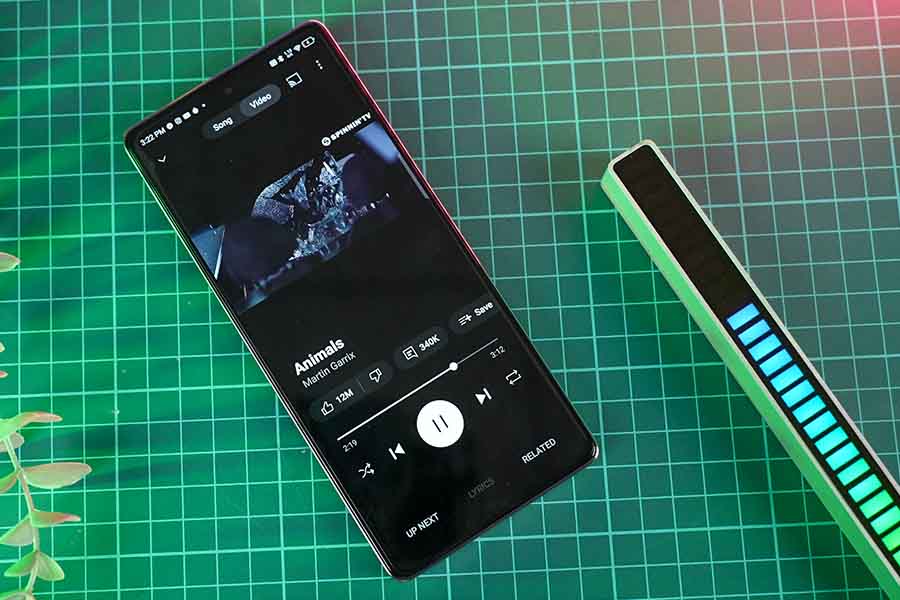
Performance
- Helio G99 Ultimate
There is no performance difference between these two phones. Both are powered by the Helio G99 Ultimate, a 4G chipset, not 5G. However, for the price, it is quite powerful. It is a 6nm chipset, making it efficient too. In my tests, day-to-day use was smooth, apps loaded quickly, and multitasking with 5-7 apps had no issues. For gaming, you can get around 40 fps in PUBG and 60 fps in COD and Mobile Legends. It also has a gyroscope! There is some heating while gaming, but the 40 Pro has vapor chamber cooling, reducing the heating slightly.
UI and Software
- Android 14, XOS 14
Battery and Charging
- 5000 mAh with 45W ( Note 40)
- 5000 mAh with 70W ( Note 40 Pro)
Talking about the batteries, both of these phones have a standard 5,000mAh battery, providing a standard backup. Nothing extraordinary. The Note 40 has a 45W charger, while the Note 40 Pro has a 70W charger, making the Note 40 Pro charge faster. The Note 40 charges to 100% in 1 hour and 7 minutes, while the Note 40 Pro charges to 100% in 47 minutes.
Camera
- 108MP +2MP+2MP
The camera setup is 108MP + 2MP + 2MP, with the extra two lenses being practically useless. Both phones have a 108MP camera, but Note 40 Pro's is f/1.75, and Note 40's is f/1.89.
Infinix Note 40 and 40 Pro Review: Conclusion
So, overall, the Infinix Note 40 is a very good phone under Rs. 30,000. The display and design are good, performance is acceptable, and both wired and wireless chargers are included in the box, which is unique at this price. The software is clean, providing a good user experience, so I have no complaints. The camera performance is just okay, not the best but not bad either. Comparable to Samsung's Galaxy A15 5G and Xiaomi's Redmi Note 13, the Infinix Note 40 is a good balanced package under Rs. 30,000. That being said, if you want a better design, slightly better cameras, improved haptics, faster charging, and 12GB RAM, you can get the Note 40 Pro for about Rs. 7,000 more. However, if you are spending around Rs. 35,000, in my opinion, the OnePlus Nord CE3 available for Rs. 37,000 in the market is a better product!
Infinix Note 40 and 40 Pro Review: Pros and Cons
Pros:
- Wireless charging
- Vibrant display
- JBL-Tuned speakers
- Reliable Cameras
Cons:
- Average videography
- Useless additional lenses
- No headphone jack
Article Last updated: December 9, 2025






